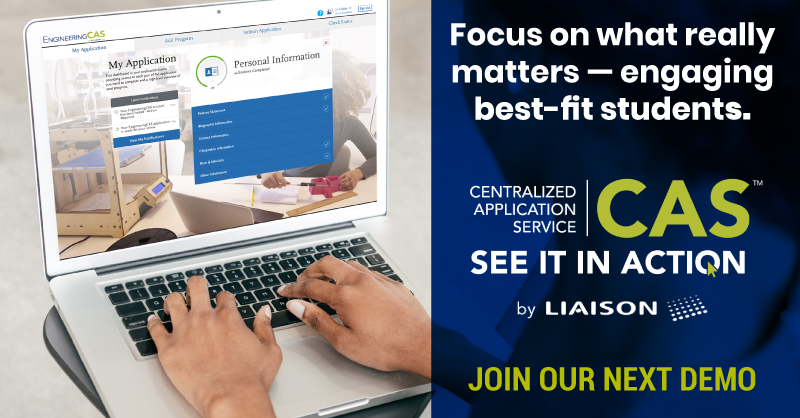Hispanic-serving institutions on the rise
The American Council on Education reports that Hispanic students are one of the fastest growing demographic groups in higher education. According to the Hispanic Association of Colleges and Universities, there are 569 total Hispanic-serving institutions (HSIs), representing approximately 17% of all higher-ed institutions nationally. HSIs, which are eligible for federal grants, have “the responsibility to create inclusive learning environments for all types of students.” On average, 29 schools have earned the designation each year since 2013, with California and Texas accounting for nearly half of all HSIs.
Source: Higher Ed Dive
Colleges to continue accepting applications long after May 1
The National Association for College Admission Counseling (NACAC) released its annual survey earlier than in past years, revealing that colleges are still accepting applicants and are not requiring students to respond to offers by May 1. Todd C. Burrell, Director of Undergraduate Admissions at Southern Illinois at Edwardsville, said that “students’ plans are more up in the air than is the norm.” As a result, “[O]ur message was that we were giving students more time.” The survey included 195 colleges that indicated they were still accepting applications, either for freshmen or for transfers. Some colleges indicated they will continue to accept applications until August or September.
Source: Inside Higher Ed

Almost 400,000 students in an unplanned gap year
In light of the fact that educational achievement is considered to be one of the strongest predictors of lifetime earnings, nearly 400,000 students who were “lost” by higher education during the pandemic may now be facing serious long-term financial shortfalls. The unplanned gap year for these students is costly: ”According to the Social Security Administration, men with bachelor’s degrees earn approximately $900,000 more in median lifetime earnings than high school graduates. Women with bachelor’s degrees earn $630,000 more.” Bringing these students back to higher education is especially important for Community Colleges, which experienced the largest decline in enrollment. “An entire generation of poor and urban students may face greater future challenges and lower future earnings unless educators find ways to bring them back.
Source: eCampusNews
Be prepared to answer these campus safety questions
Colleges receiving federal funding are required by the federal Clery Act to release a detailed annual security report. “The annual security report will include not only statistics of crimes that occur on the campus but also can outline the school’s efforts to prioritize safety and what their policies are for a number of issues such as drug and alcohol use,” says Jessica Mertz, Executive Director of the nonprofit Clery Center. In addition to reviewing the campus security report, other questions recommended for parents and students to ask institutions include:
- What type of public safety department is on campus? (armed, unarmed, accredited)
- What crime prevention features are in place? (lighting, security cameras)
- What sexual assault education and prevention programs are there?
- Has public safety undergone training around bias and mental health issues?
- How does the school handle drug and alcohol use and abuse?
- What counseling services are available?
- How does the college handle hazing?
- How does the college handle roommate conflict and relocation?
- How will the college communicate in an emergency?
- What transportation services are available?
- What additional support services are available? (tutoring, student well being, disability)
Source: US News & World Report
